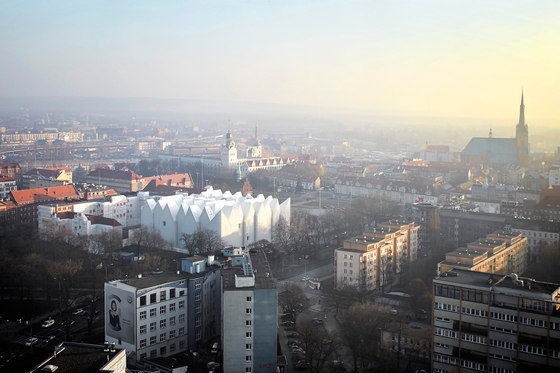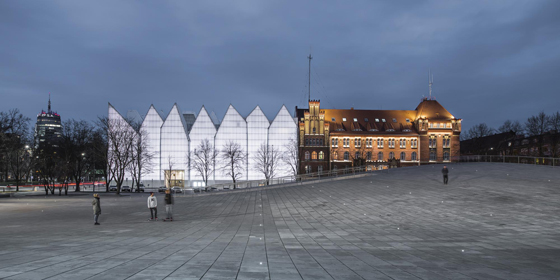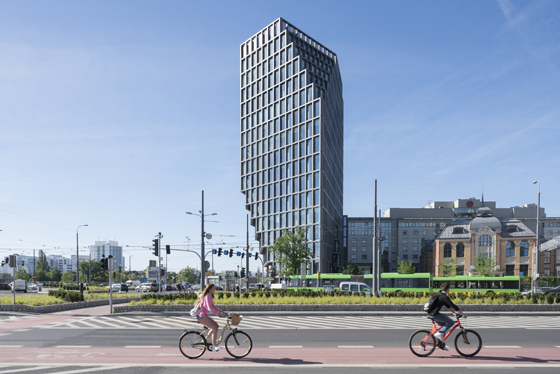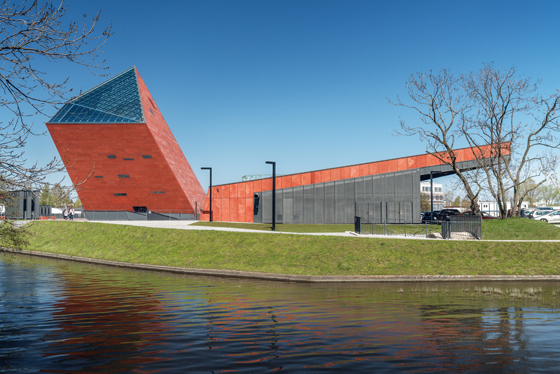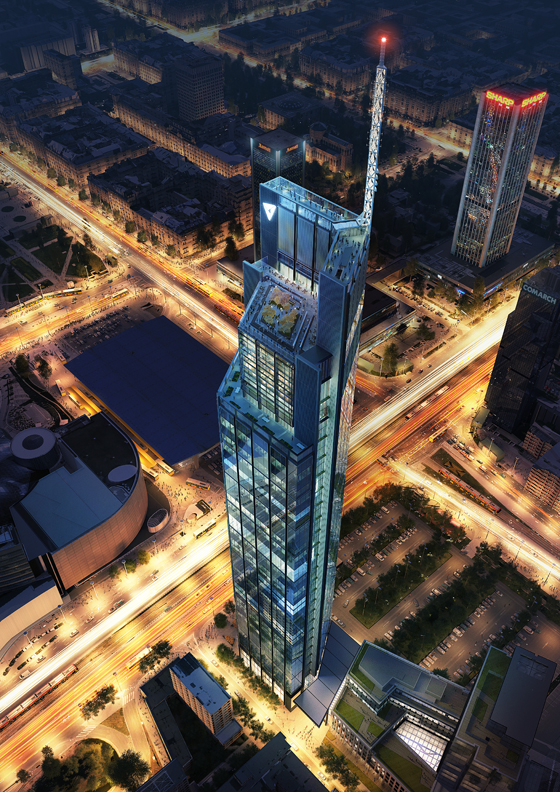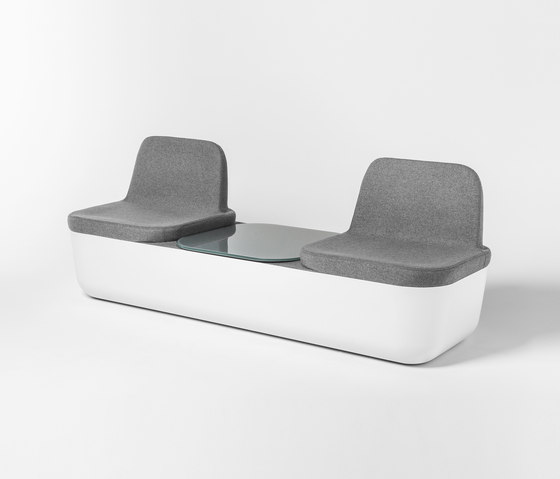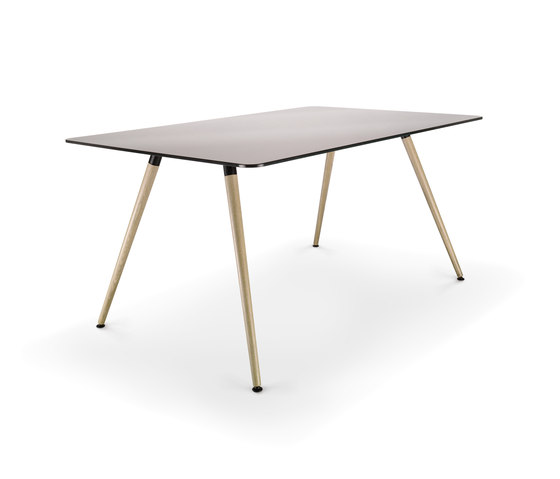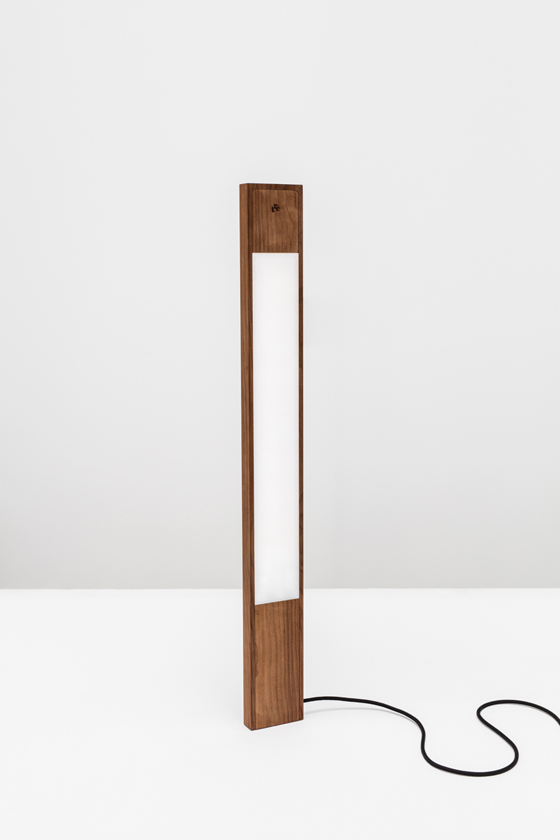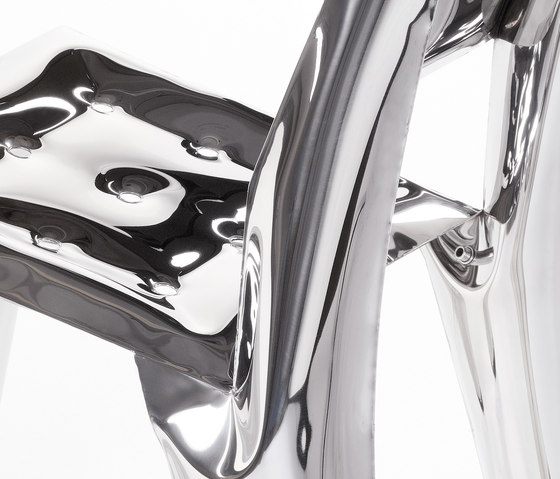Eastern Promise: Polish architecture and design go large
Texto por Peter Smisek
28.03.18
Look East! A burgeoning market and ever-increasing connectivity has provided fertile ground for architecture and design in Poland, with little sign of a slow-down.
Warsaw's growing skyline testifies to Poland’s renewed economic dynamism, and architects from far and wide want in on the action. Daniel Libeskind's contribution to the capital is Złota 44, the country's tallest residential building. Photo: Libeskind
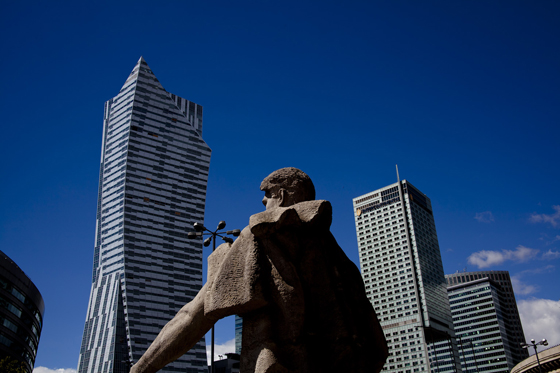
Warsaw's growing skyline testifies to Poland’s renewed economic dynamism, and architects from far and wide want in on the action. Daniel Libeskind's contribution to the capital is Złota 44, the country's tallest residential building. Photo: Libeskind
×Thirty years since the fall of the Iron Curtain, and few of the former Eastern bloc countries have fared better, economically or culturally, than Poland. It's the biggest and most populous of the countries that joined the European Union in 2004, and the only European country to have avoided the recent recession.
With economic growth comes development and new commissions for architects, alongside new clientele for designers. Warsaw, the country’s capital, is seeing a new skyscraper district rise by the Soviet-style Palace of Culture and Science, and some of the world’s most respected architects – including Polish-born Daniel Libeskind, as well as Sir Norman Foster – have gotten in on the action. In fact, Foster’s 310-metre Varso Tower is set to be the EU’s tallest when it completes in 2020.
Award winners, side by side: Barozzi Veiga's Szczecin's Philharmonic Hall stands adjacent to KWK Promes-designed Dialogue Centre Przełomy. Photos: Hufton + Crow (top), Juliusz Sokolowski (middle and bottom)
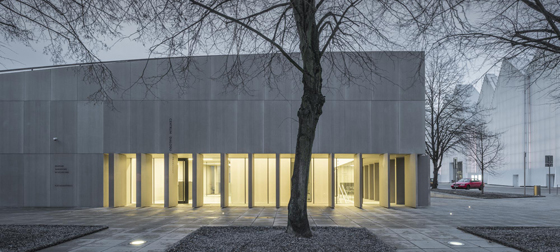
Award winners, side by side: Barozzi Veiga's Szczecin's Philharmonic Hall stands adjacent to KWK Promes-designed Dialogue Centre Przełomy. Photos: Hufton + Crow (top), Juliusz Sokolowski (middle and bottom)
×Other cities have seen spectacular structures designed by international architects, too. Dutch practice MVRDV completed the staggered Bałtyk offices in Poznań last year, to much local fanfare, while Barcelona-based Barozzi Veiga won the 2015 Mies van der Rohe Award for their pinnacled Szczecin Philharmonic Hall.
Smaller Polish cities are just as keen to build high-quality architecture. In Poznań, the MVRDV-designed Bałtyk office complex received a number of awards for its bold architecture and contribution to the city. Photos: Ossip van Duivenbode

Smaller Polish cities are just as keen to build high-quality architecture. In Poznań, the MVRDV-designed Bałtyk office complex received a number of awards for its bold architecture and contribution to the city. Photos: Ossip van Duivenbode
×Home-grown talent, however, is just as prodigious. Take KWK Promes and Robert Konieczny’s Dialogue Centre Przełomy in Szczecin; an exhibition space dedicated to the the city’s history rises gently from beneath the square, forming a new urban ensemble with the Philharmonic next door. Not to be outdone, Konieczny and KWK took home the World Architecture Festival Award for the best building in 2016.
Studio Kwadrat's design for Gdańsk's Second World War museum is not just a bold architectural statement, but also a new landmark and a place of commemoration in Poland's sixth-largest city. Photos: Tomasz Kurek
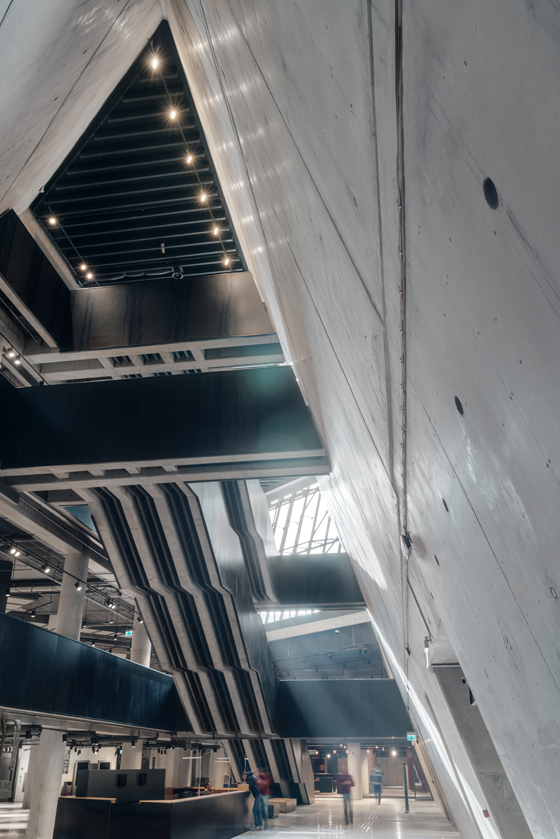
Studio Kwadrat's design for Gdańsk's Second World War museum is not just a bold architectural statement, but also a new landmark and a place of commemoration in Poland's sixth-largest city. Photos: Tomasz Kurek
×Other prominent firms include Centrala, whose Jakub Szczęsny has designed “the world’s narrowest house” – an art installation-cum-crash-pad for Israeli writer Etgar Keret in Warsaw – as well as a host of innovative and unique residences for the country’s expanding middle class. Gdynia-based Studio Kwadrat, meanwhile, has completed a museum dedicated to the Second World War in the port city of Gdańsk, made up of a curled ribbon of underground exhibition spaces, marked by a red, leaning tower at its centre.
From macro to micro: Norman Foster's Varso Tower, set to become the EU's tallest building, and Polish studio Centrala’s ultra-narrow Keret House. Renders: Foster + Partners (top) and Jakub Szczesny/Centrala
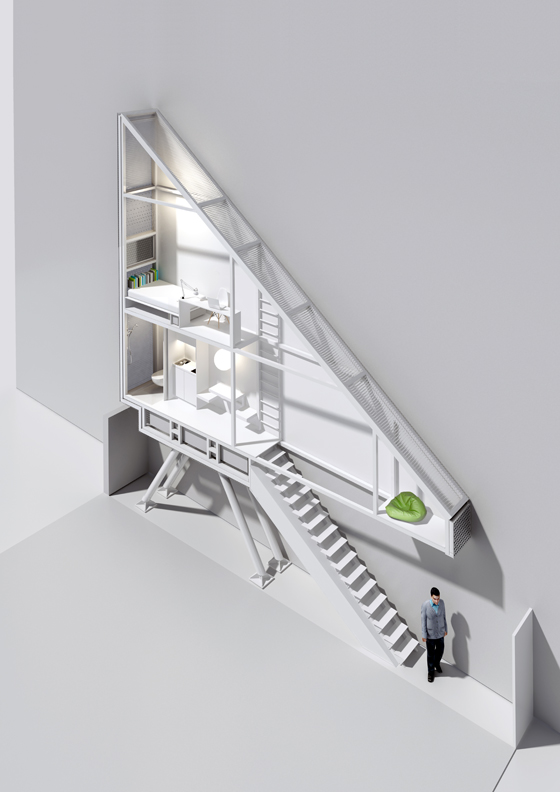
From macro to micro: Norman Foster's Varso Tower, set to become the EU's tallest building, and Polish studio Centrala’s ultra-narrow Keret House. Renders: Foster + Partners (top) and Jakub Szczesny/Centrala
×Polish product design and manufacturing has done equally well. After 1989, Poland opened up to the world and its relatively low-cost, yet highly skilled, workforce attracted investment that the local furniture industry needed. Some brands, such as Balma, founded in 1978 by Ryszard Balcerkiewicz, did extremely well in this new climate.
Polish design brand Noti's Termo seating, designed by Tomek Rygalik (top), and Rosco sofa installed in KWK Promes architects' Konieczny's Ark house, Krakow
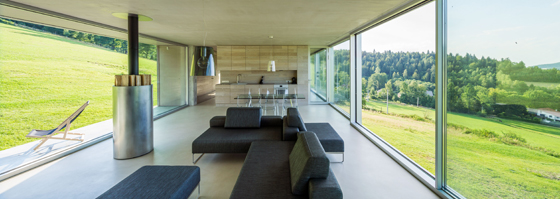
Polish design brand Noti's Termo seating, designed by Tomek Rygalik (top), and Rosco sofa installed in KWK Promes architects' Konieczny's Ark house, Krakow
×Balma has always specialised in task furniture, and their early designs for computer desks meant the company was well positioned to supply growing Polish firms during and after transition to a market economy. Its success spawned Noti, a brand that takes a more adventurous, colourful and individual approach to design, and collaborates with some of Poland’s leading designers, such as Tomek Rygalik and Piotr Kuchciński. It goes without saying that both brands have a strong reputation, and are recipients of multiple red dot awards for their designs.
The clue is in the name with Polish design manufacturer Comforty. Top: the Genotype lamp by Tomek Rygalik
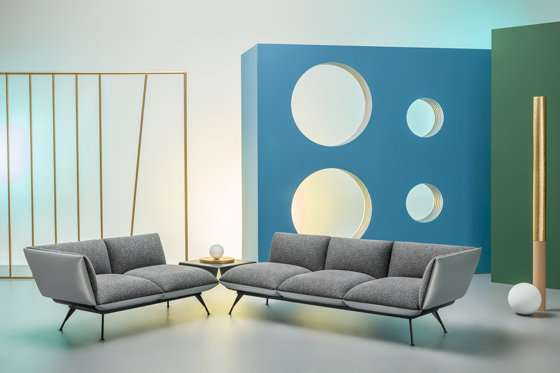
The clue is in the name with Polish design manufacturer Comforty. Top: the Genotype lamp by Tomek Rygalik
×Of course, Poland's many manufacturers also collaborate extensively with international designers. Comforty – one of the country’s foremost makers of upholstered furniture – works as much with domestic talent as it does with Oslo-based Anderssen&Voll, LucidiPevere and the legendary Alessandro Mendini. Profim takes a similar approach with its task furniture. The firm’s latest triumph? It won a 2018 German Design Award for its Mickey and Violle collections, designed by German bureau ITO Design.
Top: ITO Design's Sam table for Profim. Middle and bottom: The Chic 20H chair by Christophe Pillet and the Mickey task stool by ITO Design, also for the Polish brand
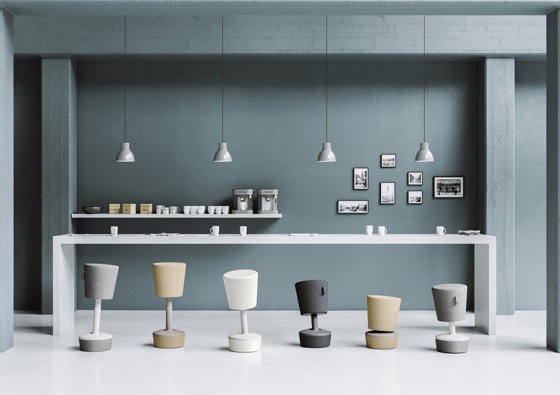
Top: ITO Design's Sam table for Profim. Middle and bottom: The Chic 20H chair by Christophe Pillet and the Mickey task stool by ITO Design, also for the Polish brand
×There is also ample market space for more design-led brands. Take Tre, which sells a selection of minimalist products, carefully curated by Tomek and Gosia Rygalik. While running a successful commercial design practice, the two have also commissioned mostly young, up-and-coming designers such as David Derksen, Daisuke Kitagawa and Aleksandra Swecz to design products as diverse as carafes, candle holders and chopping boards.
Polish brand Tre produces a range of minimalist products, designed by such up-and-coming designers as David Derksen, Daisuke Kitagawa and Aleksandra Swecz, all under the careful curatorial eye of Tomek and Gosia Rygalik
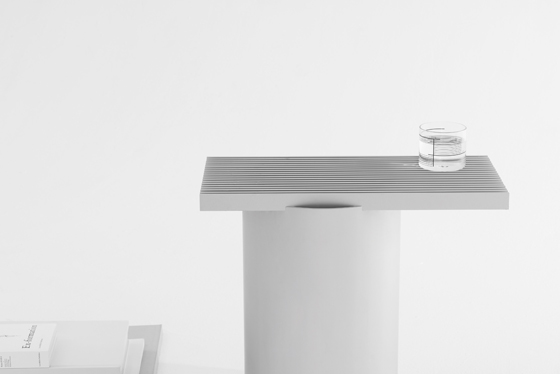
Polish brand Tre produces a range of minimalist products, designed by such up-and-coming designers as David Derksen, Daisuke Kitagawa and Aleksandra Swecz, all under the careful curatorial eye of Tomek and Gosia Rygalik
×Another success story is that of Oskar Zięta. Like Tomek Rygalik, Zięta worked both in Poland and abroad, and in 2003 developed a novel process of forming metal furniture using “free inner pressure forming” at ETH Zürich. His collection of stools, trestles and mirrors have become an international success and other experimental collections, both in metal and wood, have followed.
When it comes to architecture and design, Poland has truly shaken off its staid Cold War image – becoming a hub for formal and technical innovation in both fields.
Oskar Zięta's pioneering, signature 'inflatable' metal furniture, whose distinctive and unique forms are created via the application of 'free inner pressure forming'
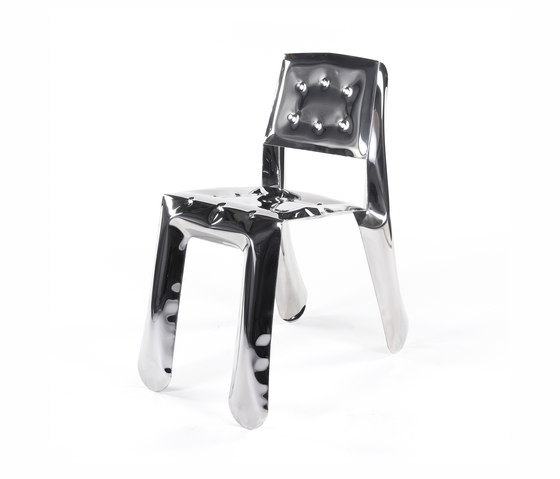
Oskar Zięta's pioneering, signature 'inflatable' metal furniture, whose distinctive and unique forms are created via the application of 'free inner pressure forming'
ש Architonic

